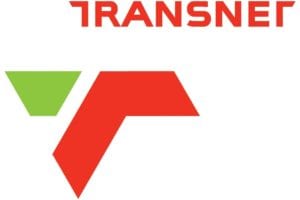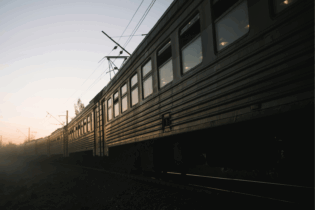Transnet’s success in its road to rail focus is paying dividends as the state owned enterprise grew revenue and profit over the six months to 30 September 2014.
In a statement Transnet said, revenue for the period increased 6,4 percent to R30,3 billion. The biggest driver was a 14,3% increase in automotive and container volumes on rail and a 13,2% rise in mineral and chrome volumes. The increase in containers on rail signals Transnet Freight Rail’s success in migrating rail-friendly cargo off the country’s roads and that the division is regaining market share in this sector. In 2006, Transnet was running four container trains a day between Durban and Johannesburg and today it is 22 a day – sometimes 24. Containers on rail have grown 109% over the period, taking 525 000 trucks off South Africa’s roads per annum and recording 127 000 tons in carbon emission reduction. The focus is on efficiency improvements, joint planning and better communication with customers and proper focus on the segment with the creation of a business unit – Containers and Automotive at Transnet Freight Rail.The coal line increased volumes by 4,3% to 43,7 million tonnes thanks to improved wagon cycle time and other efficiency improvement initiatives, while the iron ore and manganese exports rose 4,8% to 32,9 million tonnes. Both lines were hampered by subdued global economic prospects and various operational challenges, among others.
At the ports, Transnet Port Terminals continued to record steady improvements in productivity with ship working hour (SWH) improving from 49 to 50 at Cape Town Container Terminal, 40 to 42 in Ngqura while remaining at 56 in Durban. SWH is a key consideration for shipping lines and measures a number of moves on a vessel per hour. The moves per hour determine ship turnaround time. The additional volumes across the business drove Transnet’s key measure of profitability, earnings before interest, taxation, depreciation and amortisation (EBITDA) 6% higher to R12,8 billion. The growth was achieved despite a 6,7% rise in operating costs to R17,5 billion driven by higher electricity and fuel prices.







